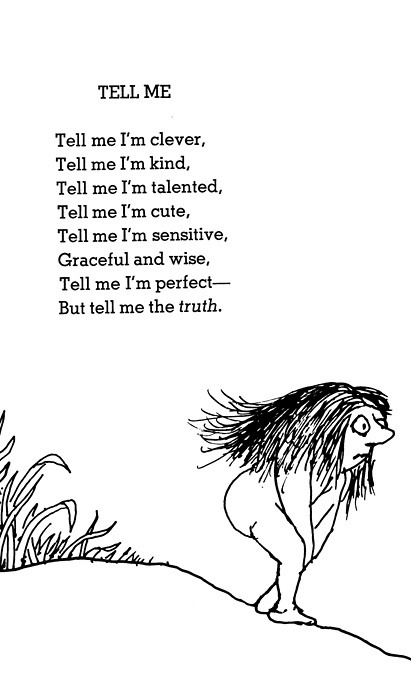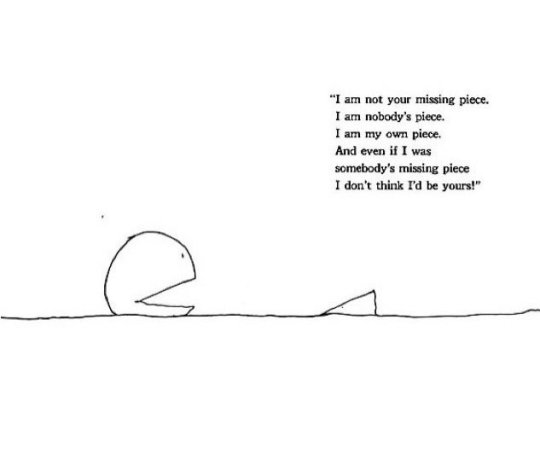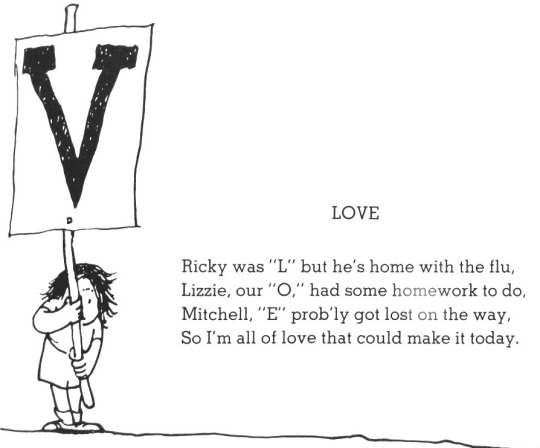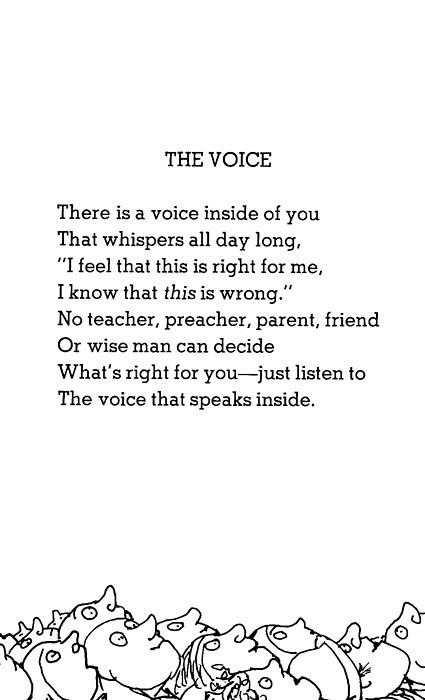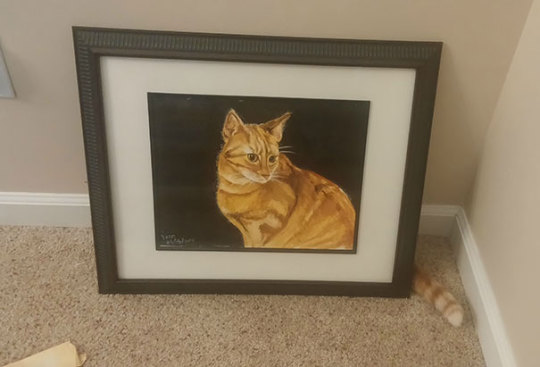Photo



Heneral Luna. Isa kang henyo pagdating sa labanan.
150 notes
·
View notes
Text
Horny cheetahs
It was high school, so our hormones were running wild and free like cheetahs.
3K notes
·
View notes
Photo

What World War II gave the Philippines
As the world celebrates the 70th anniversary of the end of the Second World War, we in the Philippines may never comprehend the sense of loss a generation of our countrymen felt during and after the war. The intensity of the war, even though in our case it was quite short (more than 3 years, compared to Koreans, who were under the Japanese for 3 decades), was such that it left an indelible mark in our culture and history. Many of these marks, still seen today, were produced not only because the Japanese demanded it, but because the need called for it. You’d be surprised at how commonplace these influences are, even up to today. As the old adage say: Necessity is the mother of invention.
1. The prominence of the Filipino Language in the country
While a national language (not yet defined as “Filipino” but had its basis in Tagalog) was only declared by President Quezon in 1937 and used by the government onwards until the breakout of the war, it did not stick that well on people, as they still preferred using English as lingua franca, with Tagalog, Cebuano, and other Philippine languages on the side. This can be expected on a country that was only unified through Spanish and later, American rule. However, in 1942, the Japanese Military Administration, in seeking to eliminate all traces of “Western imperialism,” sought to force the people to use and promote Tagalog for all media, together with the imposition of Nihonggo. The KALIBAPI, as sole political party of the Philippines at the time of the Occupation, was forced to use the national language under the Japanese directive. Shin Seiki (Bagong Araw), the magazine of the KALIBAPI used Tagalog and Japanese side by side. Films and plays of the period, were all done in the national language. Japanese intellectuals used by the Japanese propaganda like Miki Kiyoshi, Oshim Masanori and Ishikawa Kinchi, all pushed the agenda of making the national language’s use widespread in the country. In fact, in their efforts, they discovered that Nihonggo was far less developed than Tagalog, and that some of them, like Kinchi, agreed that Nihonggo should not be imposed on Filipinos because of this. The Japanese-induced situation that provided for the flourishing of Filipino as a language of the archipelago should not to be underestimated. From 1939 to 1949, there was an increase of national language speakers in the country from 4,060,859 to 7,101,196. Thus, it can be said that for all the sufferings that the Japanese Occupation brought us, it effectively cemented the Filipino language in our culture.
2. The proliferation of Jeepneys

American soldiers sitting atop military jeeps at Palo, Leyte, Philippines, on October 22, 1944. (Courtesy of the National WWII Museum)
The prototype of the Jeepney, the Jeep, was a practical American military vehicle designed for the tropical climate of the Philippines. When the Second World War ended, the Americans began selling these surplus military jeeps to Filipinos as they refuse to bring these back to the U.S. Hundreds upon hundreds of these jeeps that had seen war and had fought it in close range, was customized locally, adding two parallel passenger benches on the back. In 1953, an entrepreneur, Leonardo Sarao, founded the Sarao Motors, Inc. in 1953, utilizing these surplus jeepneys and transforming them into an alternative inexpensive public transportation. Designs were painted on the side to make it look festive (typically Filipino, I’d have to say). In 1964, through Sarao Motors, the Philippines showcased the jeepney as a symbol of its culture at the Philippine Pavilion in the 1964 New York World’s Fair. Through the years, the length of the vehicle became longer, and the cultural practice of passing the payment of the passenger from the rear end to the driver, also began. Thus, whenever you see traffic caused by the jeepney, look back and think of this legacy of World War II.

3. The evolution of Sisig

The quintessential sizzling sisig, a favorite Filipino dish from Pampanga, had a long evolution. According to Kapampangan writer Robby Tantingco, the word ‘sisig’ first appeared in Kapampangan dictionary in 1732 that defined it as a vegetable salad with garlic and vinegar. Sometime after the liberation, with the concentration of American soldiers stationed in Clark Air Base in Pampanga, oral history suggests locals bought unused pig heads from the mess halls of the air base and utilized it, creating it into what is now known as sisig. By 1974, a Kapampangan cook Lucia Cunanan of Angeles City standardized the dish by adding the broiling of the pig parts and serving it on a sizzling plate. Since then the Department of Tourism has credited her for leveling up the dish.
4. The invention of the Banana Ketchup and Soyalac

As the Japanese redirected all the country’s resources to support their war machine and maintain hold of the Japanese Empire, food and condiments on the Filipino table were depleted. Even ketchups ran out. However, in the provinces, bananas continue to have high produce. Maria Ylagan-Orosa, food technologist and inventor, in her ingenuity, broke the tomato monopoly on ketchup and invented the Banana Ketchup. The ketchup was so successful it was quickly used all over the country. She also saved thousands of people from famine through her invention of the soyalac, the prototype of soymilk, which she conceptualized as one of the many products of soybeans, published on a journal of science in 1932. In 1944, she was urged by relatives to flee to Batangas as Manila was becoming more dangerous. She refused, thinking of how to support internees incarcerated by the Japanese in UST. She unfortunately died from shrapnel wound in Malate, ironically from American gunfire during the Battle of Manila in February 1945. She died as a war heroine, and Orosa Street in Manila was named after her.

A 1948 poster of Soyalac (from the collection of Dennis Villegas).
5. The evolution of the Cassava Cake

During the occupation, due to widespread food shortage, cassava (kamoteng kahoy), a root crop, became staple food in many parts of Southeast Asia, especially in Singapore, Malaysia and the Philippines. In the Philippines, it is unclear whether the cassava cake was invented around the time of World War II, but there is evidence from several accounts that this might be so. Cassava cake, a kakanin of cassava mixed with coconut milk and egg, indeed became a popular dessert for people who fled to the provinces at the time.
While I just cited all but a few of the wonders we did at this dark time, this goes to show that no matter how hard life is, we always find ways. Indeed if World War II was a burning furnace, we as a nation, our grandparents’ generation, came out of it as gold.
Poster above: “Occupation Hazards” by Severino Marcelino as it appeared in the Sunday Times Magazine (April 16, 1967). The sub-caption of the spread: “The resourceful Filipino survives the dismal, challenging occupation years, 1942-1945.” Courtesy of the Malacañang Presidential Museum and Library.
309 notes
·
View notes
Text
cause darling i’m a problematic fave dressed like a cinnamon roll
23K notes
·
View notes
Text
I am a nerd.
Fun History Fact:
If you just got excited, you’re a nerd.
269K notes
·
View notes
Photo
This pun gave me life.
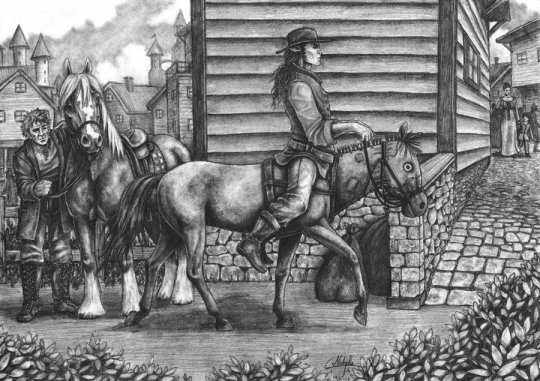
“A Centaur in Disguise” by Michelle Tolo
343K notes
·
View notes
Text
is there a wikihow article for surviving capitalism when your only skills involve the arts
46K notes
·
View notes
Photo
I can’t believe how practical this is.










Condom packaging based on different vegetable girths to help choose the correct fit - by Guan-Hao Pan
393K notes
·
View notes
Text
Uh...”normal”?
Normal person
We must not judge people right of the bat, whether it is an African American or the normal person who you may or may not like.
4K notes
·
View notes
Video
undefined
tumblr
My roommate and I have had far too much coffee and I think our neighbors hate us
396K notes
·
View notes
Text
REBLOG IF I CAN MESSAGE YOU 'HEY' AND START A FRIENDSHIP.
569K notes
·
View notes
Text
theres a difference between shipping and being fucking insane
581K notes
·
View notes












